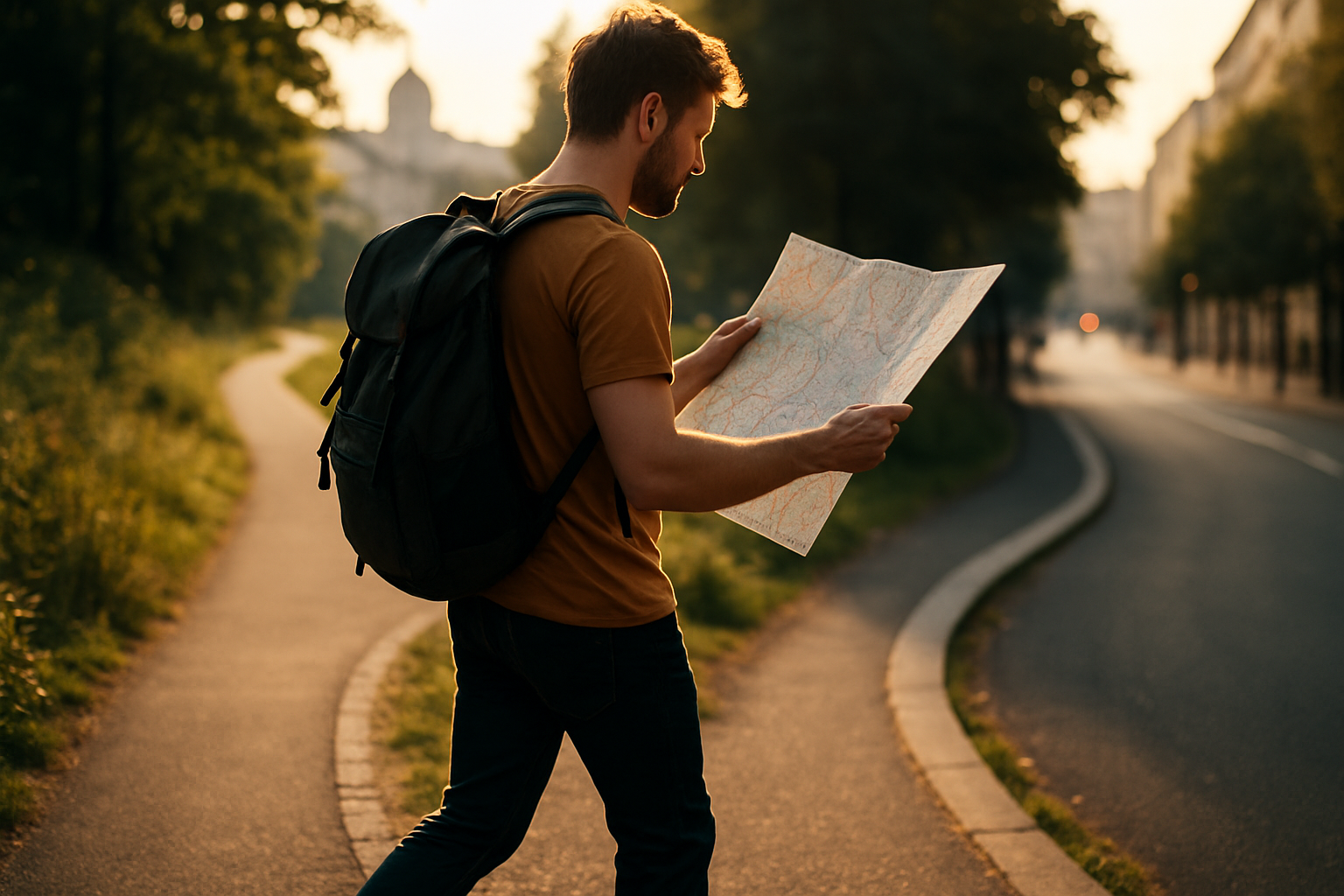Rediscovering the Charm of Pedestrian Tourism: A Step-by-Step Journey
The world of travel and transportation is vast and ever-evolving. Yet, amidst the whirlwind of technological advancements and emerging travel trends, there lies a simple, timeless method of exploration that often goes overlooked: pedestrian tourism. This article delves into the history, current trends, and practical implications of this unique travel style, offering a fresh perspective on the art of journeying on foot.

A Walk Through History
Pedestrian tourism is as old as humanity itself. Our ancestors were nomads, traversing vast landscapes on foot in search of food and shelter. As civilizations developed, so did the concept of travel. Pilgrimages, trade routes, and exploration expeditions all relied heavily on walking. Despite the advent of modern transportation, the allure of pedestrian tourism persists, offering a slower, more immersive way to experience the world.
The Resurgence of Pedestrian Tourism
In recent years, pedestrian tourism has seen a resurgence. The trend is driven by a growing desire for authentic, immersive experiences that allow travelers to connect with their surroundings on a deeper level. Walking tours, hiking holidays, and long-distance walking trails are gaining popularity, with travelers seeking out opportunities to slow down, disconnect, and truly engage with the places they visit.
The Advantages and Challenges of Pedestrian Tourism
Pedestrian tourism offers numerous benefits. It promotes physical health, reduces carbon footprint, and allows for a deeper connection with the environment. It also offers a unique perspective, as walking enables travelers to notice details that might be missed when traveling at higher speeds.
However, it also presents challenges. It requires physical fitness, careful planning, and can be time-consuming. Weather conditions can also impact the experience. Despite these challenges, the rewards of pedestrian tourism often outweigh the difficulties, making it a worthwhile pursuit for many.
The Impact of Pedestrian Tourism
Pedestrian tourism has a significant impact on both travelers and the destinations they visit. For travelers, it offers a chance to slow down, reflect, and engage with the world in a more meaningful way. For destinations, it promotes sustainable tourism, supports local economies, and encourages cultural exchange.
A Step in the Right Direction: Practical Tips for Pedestrian Tourism
-
Start Small: Begin with short walks and gradually increase your distance as your fitness improves.
-
Plan Ahead: Research your route, check the weather forecast, and ensure you have suitable clothing and footwear.
-
Stay Hydrated: Carry plenty of water, especially in hot weather.
-
Respect the Environment: Stick to marked trails, dispose of waste responsibly, and respect local customs and regulations.
-
Stay Safe: Inform someone of your route and expected return time, and carry a basic first aid kit.
In conclusion, pedestrian tourism offers a unique, immersive way to explore the world. It encourages physical activity, promotes sustainable travel, and allows for a deeper connection with the environment. Despite the challenges it presents, the rewards are significant, making it a travel trend worth considering. So, why not lace up your walking shoes and embark on a journey of discovery, one step at a time?





